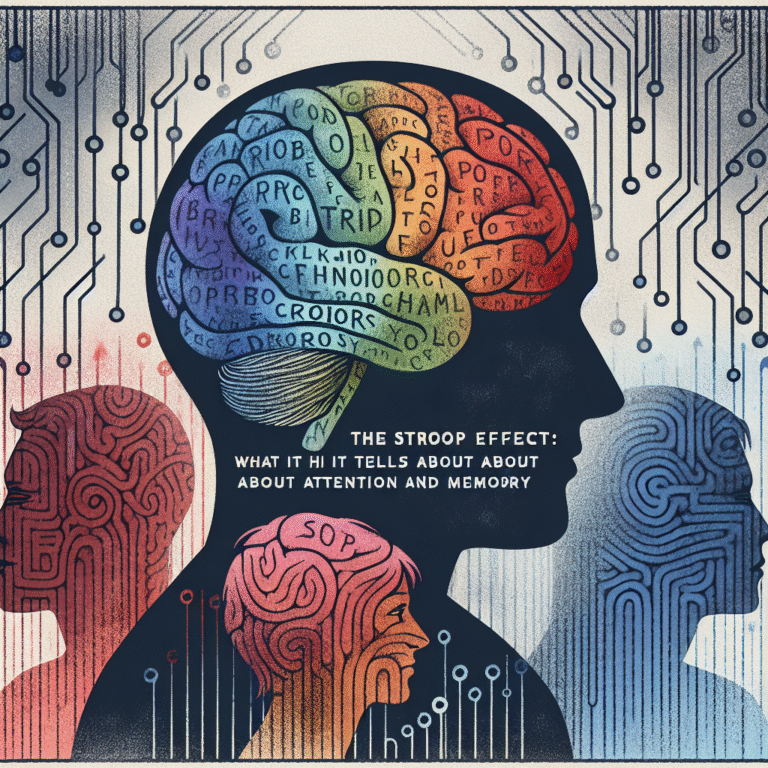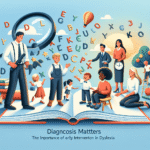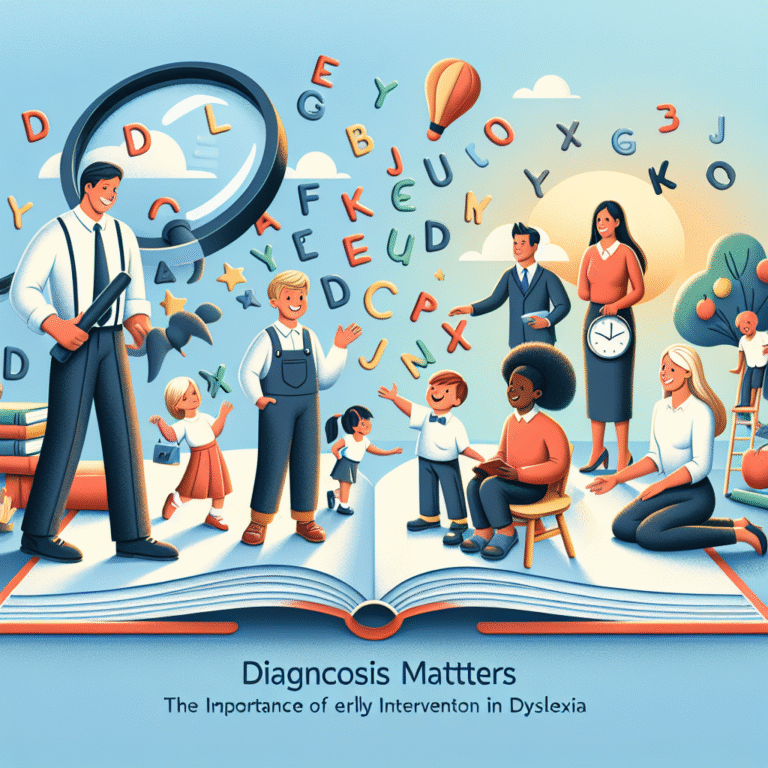
Introduction: The Power of Perception in Our Choices
In an increasingly interconnected world, the way we perceive others can drastically shape our decision-making processes. The phenomenon of bias, often unconscious, has the power to influence choices in our personal lives, workplaces, and societies. As we delve into "Breaking Down Bias: How Social Cognition Impacts Decision-Making," we will explore the intricate relationship between social cognition and our choices, unveiling how biases can warp our perceptions and lead to unintended consequences.
Understanding Social Cognition
What is Social Cognition?
At its core, social cognition is the study of how people process, store, and apply information about other individuals and social situations. It involves the mechanisms through which we interpret the behavior of ourselves and others, which ultimately shapes our judgments and decisions. By understanding social cognition, we can uncover the biases that affect our perceptions.
The Role of Bias in Decision-Making
Bias can be rooted in our upbringing, culture, or personal experiences—factors that create mental shortcuts in our decision-making processes. These shortcuts, while sometimes practical, can lead to skewed judgments that perpetuate stereotypes and hinder fair decision-making. Recognizing bias is the first step in "Breaking Down Bias: How Social Cognition Impacts Decision-Making."
The Types of Bias Affecting Decision-Making
1. Implicit Bias
Implicit biases are unconscious attitudes or stereotypes that affect our understanding, actions, and decisions. For example, a hiring manager might unknowingly favor candidates with names or backgrounds similar to their own. Understanding implicit bias is crucial in exploring how it impacts workplace decisions, hiring practices, and organizational culture.
Case Study: The Hiring Process
A notable case involved a tech company that audited its hiring practices. They discovered that applicants with ethnically diverse names were 30% less likely to be called for interviews compared to candidates with traditionally white names, despite having similar qualifications. This illustrates how implicit bias can skew decision-making and lead to unintentional discrimination.
2. Confirmation Bias
Confirmation bias refers to the tendency to favor information that confirms existing beliefs while disregarding evidence that contradicts them. This can lead to an echo chamber effect, where individuals only engage with viewpoints they already agree with, ultimately affecting group decision-making processes.
Case Study: Political Polarization
In a political study, researchers found that news consumers gravitated toward media outlets that reinforced their pre-existing beliefs. This selective exposure resulted in heightened political polarization and less effective communication between differing viewpoints. Recognizing confirmation bias is essential for individuals and organizations aiming for collaborative decision-making.
3. Anchoring Bias
Anchoring bias occurs when individuals rely heavily on the first piece of information encountered (the "anchor") when making decisions. This can skew our evaluation and lead to decisions that are not proportionate to the available data.
Case Study: Pricing Strategies
A retail company conducted an experiment by placing a high initial price tag on a product, which created a sense of exclusivity. When the price was lowered, customers perceived it as a great deal, significantly increasing sales. This example demonstrates how anchoring bias can manipulate consumer behavior and decision-making.
4. Overconfidence Bias
Individuals may overestimate their knowledge or ability to predict outcomes. Overconfidence can lead to poor decision-making, particularly in high-stakes situations where a more cautious approach would be warranted.
Case Study: The 2008 Financial Crisis
Many financial analysts exhibited overconfidence bias leading up to the 2008 financial crisis. Their failure to properly assess risks associated with mortgage-backed securities resulted in catastrophic decisions. This highlights how overconfidence can cloud judgment and impact broader economic circumstances.
Strategies for Breaking Down Bias in Decision-Making
1. Awareness and Education
The first step in "Breaking Down Bias: How Social Cognition Impacts Decision-Making" is recognizing and acknowledging the presence of bias. Organizations can provide workshops and training sessions aimed at educating employees about different types of biases.
2. Embrace Diverse Perspectives
Encouraging diversity within teams and organizations can provide fresh viewpoints and counteract groupthink. By embracing various backgrounds and experiences, decision-makers can challenge their biases and make well-rounded decisions.
3. Implement Structured Decision-Making Processes
Developing a structured approach to decision-making can help individuals focus on relevant data rather than succumb to biases. Techniques include the use of decision matrices, SWOT analysis, and defined criteria for evaluating options.
4. Seek Feedback and Challenge Assumptions
Creating a culture where individuals feel safe to share their opinions can foster an environment of open dialogue. Seeking feedback on decisions can reveal hidden biases and encourage critical thinking.
5. Regular Reflection and Review
Encouraging individuals to reflect on their past decisions can illuminate patterns of bias in their choices. Periodic review of decision outcomes can provide valuable insights and guide future decision-making processes.
Conclusion: Moving Toward Objective Decision-Making
As we have explored in "Breaking Down Bias: How Social Cognition Impacts Decision-Making," recognizing and mitigating bias is essential for fair and effective decision-making. By understanding how social cognition influences our perceptions and choices, we can work toward creating environments that prioritize objectivity and inclusivity.
In this journey, each individual plays a crucial role—take the insights gained here and apply them to your decision-making processes, challenge your biases, and inspire others to do the same. Together, we can create a landscape where decisions are based on merit rather than misconceptions.
FAQs
1. What is social cognition?
Social cognition is the study of how individuals process, store, and apply information about others and social situations, influencing their judgments and decision-making.
2. How does implicit bias impact decision-making?
Implicit bias affects our judgments unconsciously, often leading to decisions that favor certain groups over others based on stereotypes or preconceived notions.
3. Can confirmation bias be mitigated?
Yes, confirmation bias can be mitigated by seeking out diverse sources of information and engaging with perspectives that challenge your beliefs.
4. Why is awareness of bias important in the workplace?
Awareness of bias is crucial in the workplace to promote fairness and equality in hiring, promotions, and team dynamics, ultimately fostering a more inclusive environment.
5. What strategies can organizations implement to reduce bias?
Organizations can implement training programs, embrace diversity, establish structured decision-making processes, encourage feedback, and facilitate regular reviews to mitigate bias.
By understanding and addressing these biases, we can ensure that decision-making is informed, equitable, and centered on rational thought rather than distorted perceptions.

















